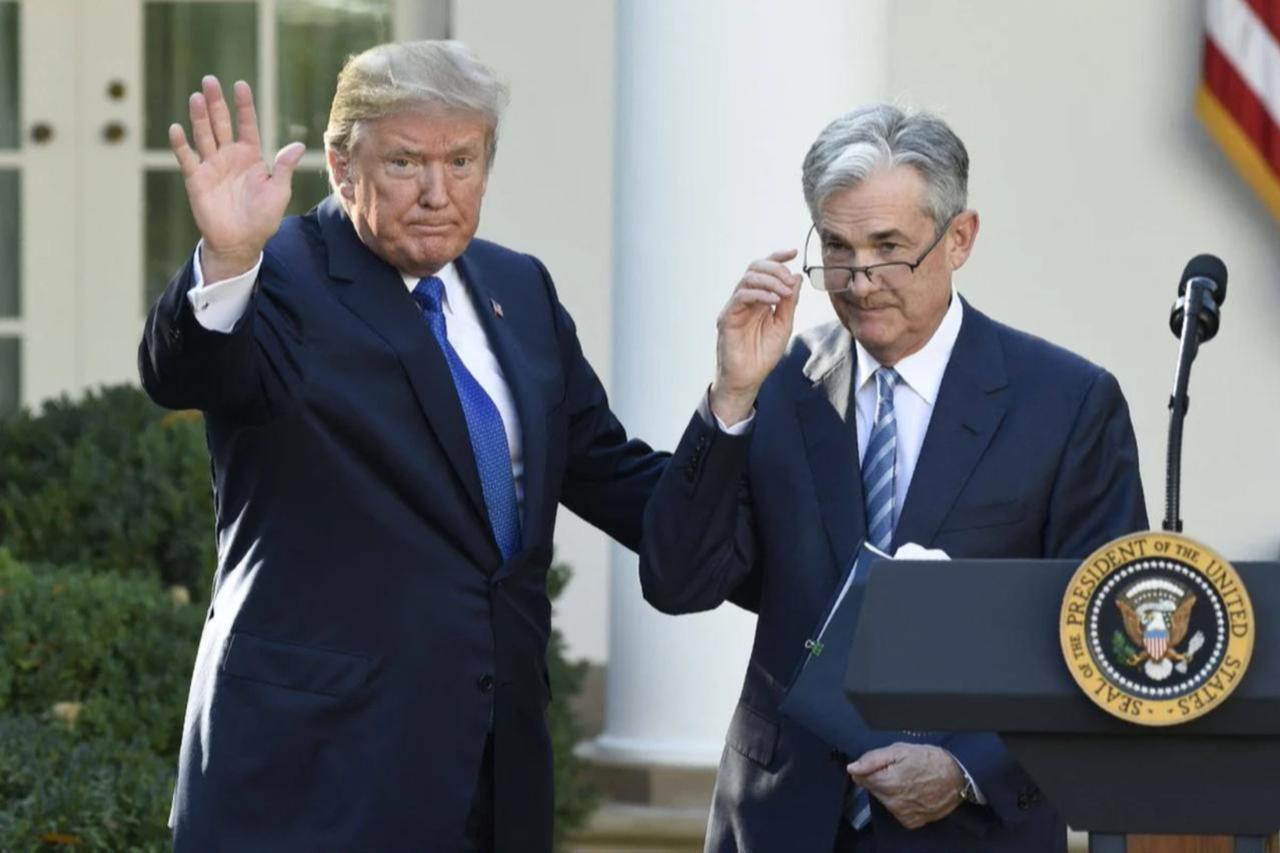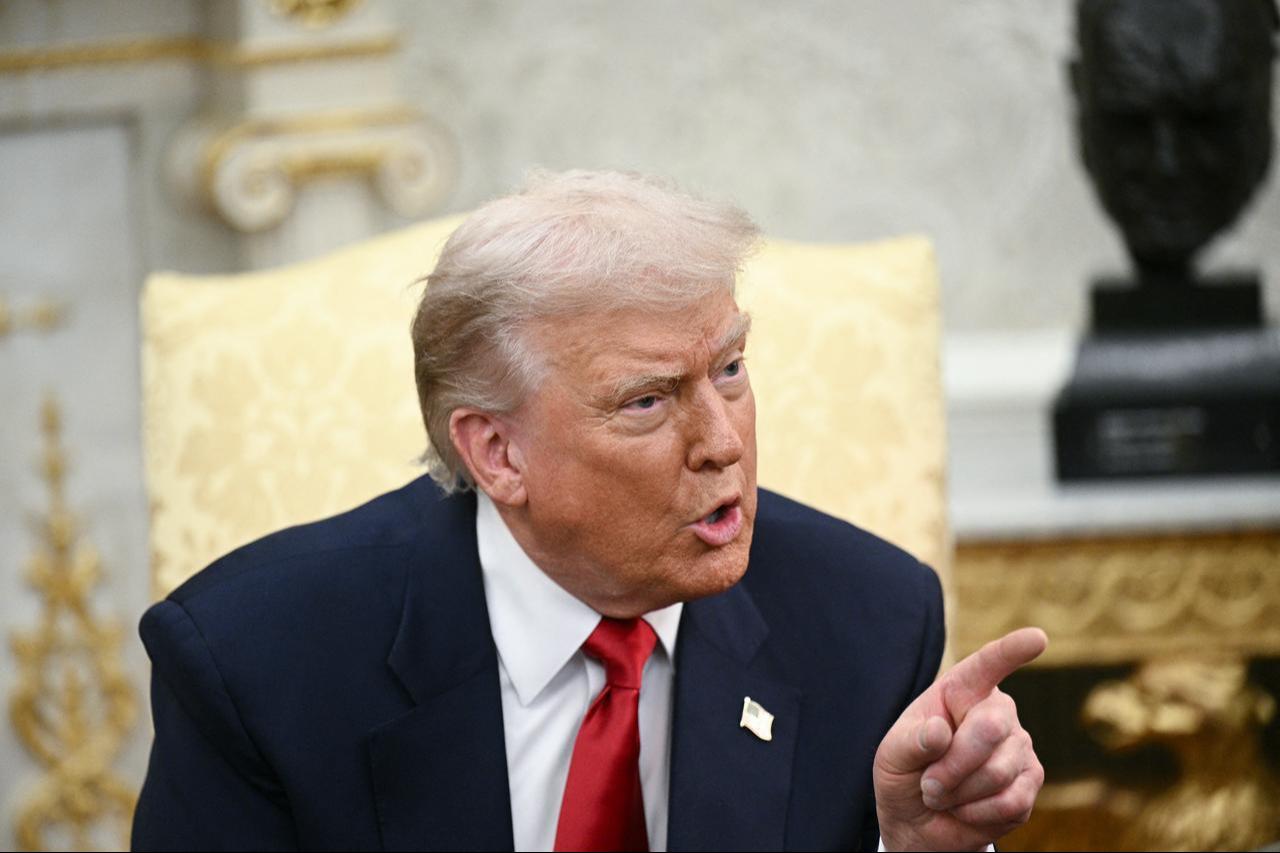
U.S. President Donald Trump confirmed on Tuesday that his administration has started interviewing candidates to replace Federal Reserve Chair Jerome Powell, whose four-year term is set to expire in May 2026.
Speaking during an Oval Office appearance with Saudi Crown Prince Mohammed bin Salman, Trump said the process is already underway and includes a mix of widely discussed and unexpected candidates.
"We have some surprising names and we have some standard names that everybody's talking about," Trump told reporters, suggesting he has a preference in mind but declined to disclose it publicly.
Trump noted that Treasury Secretary Scott Bessent was his initial choice to head the central bank but declined the offer. Instead, Bessent is leading the interview process and is expected to conduct second-round interviews with shortlisted candidates by Thanksgiving. Formal meetings between the president and final candidates are set to follow.
Among the leading contenders are current Fed governors Chris Waller and Michelle Bowman, former Fed governor Kevin Warsh, National Economic Council Director Kevin Hassett, and Rick Rieder, head of fixed income at asset management firm BlackRock.

Trump repeated his longstanding criticism of Powell’s performance, emphasizing his desire to remove him ahead of the official end of his term. "I’d love to get the guy currently in there out right now," Trump said, "but people are holding me back."
Trump appointed Powell to the Fed chair position in 2018. While Powell was reappointed for a second term in 2022, his leadership during a period of high inflation and tight monetary policy has drawn sharp criticism from the president, who has called for more aggressive interest rate cuts.
In September, the Fed delivered its first rate cut of 2025, lowering the benchmark range by 25 basis points to 4%–4.25%, and followed with another cut of the same size in October, bringing the range down to 3.75%–4%.
Following the record-long 43-day U.S. government shutdown, which ended in early November, the White House said key October data—including the consumer price index and labor force figures—would either be withheld or released incompletely, clouding visibility on the Fed’s policy direction in December.